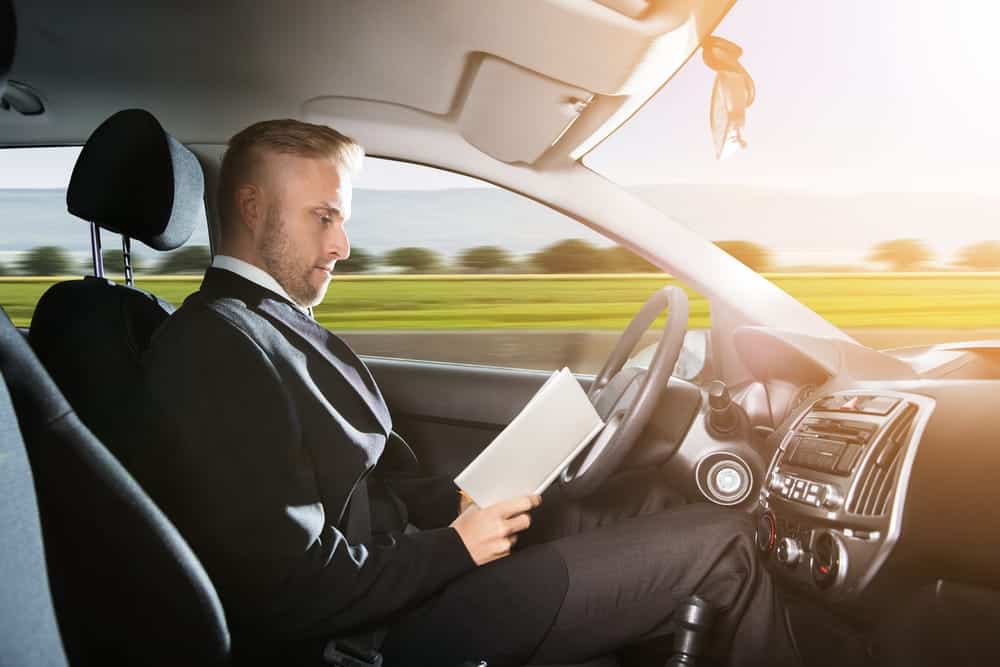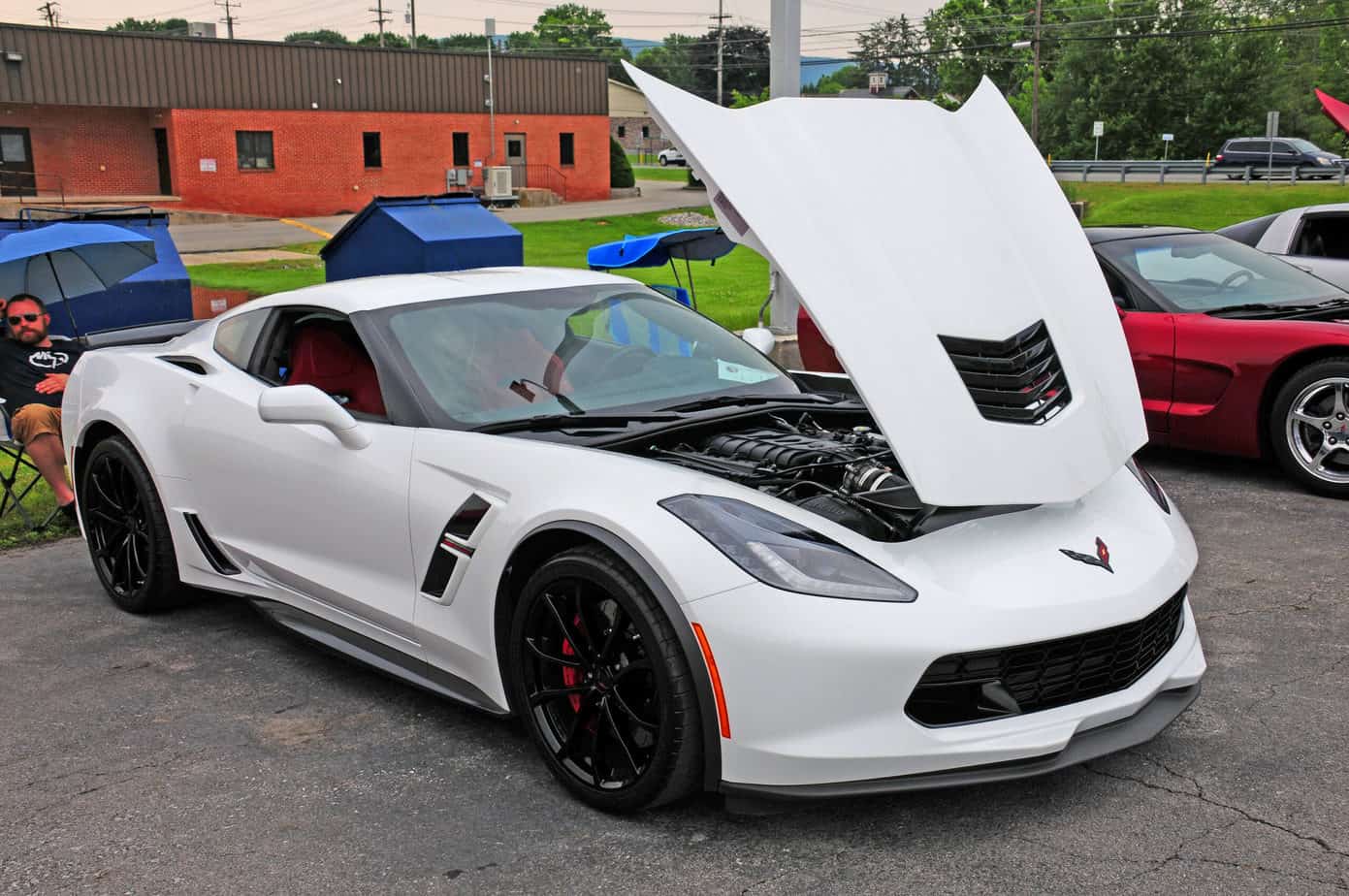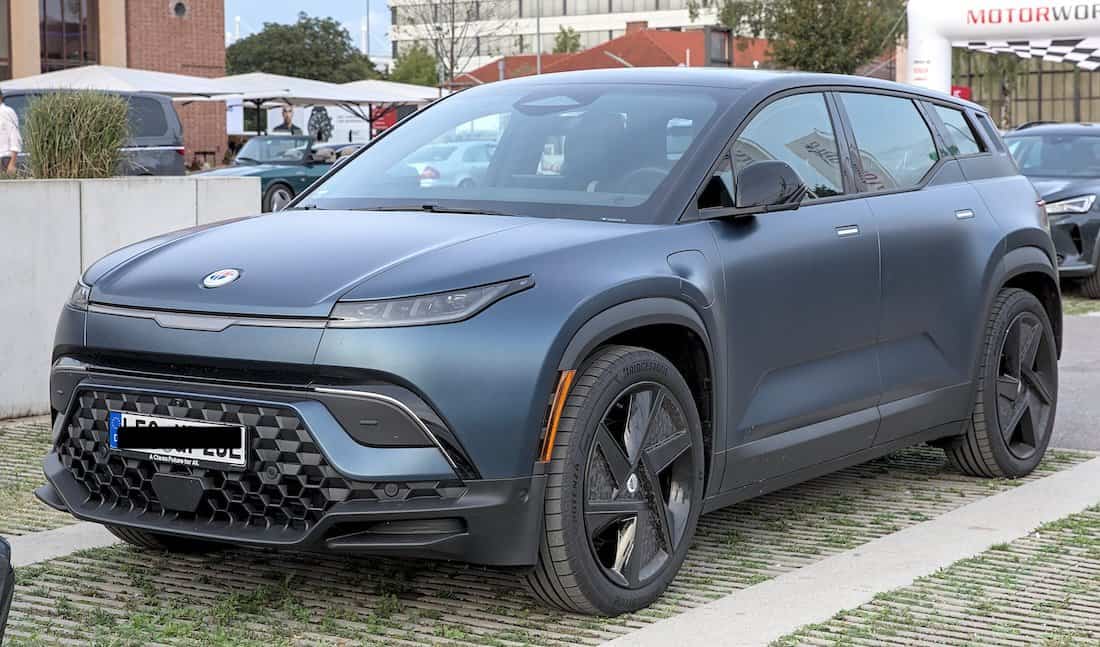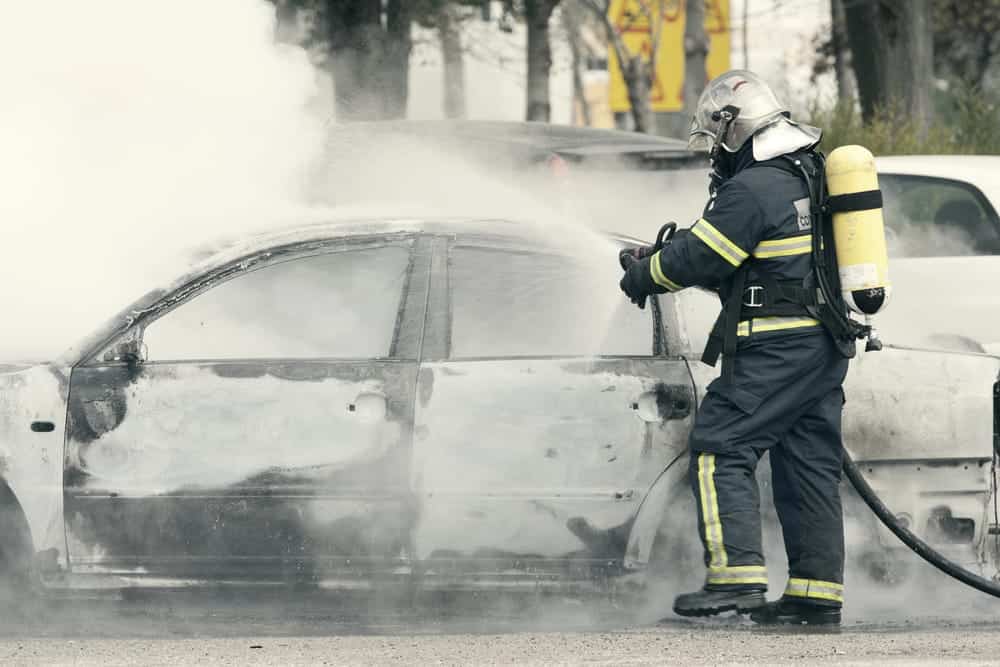Tesla’s Full Self-Driving system charges consumers a premium for a software package called “Full Self-Driving Capability” that promises “[y]our car will be able to drive itself almost anywhere” and would be able “to conduct short and long-distance trips with no action required by the person in the driver’s seat.”
The Full Self-Driving feature has been extremely popular, as it was reported in November 2023 that at least 285,000 consumers have paid for this upgrade package.
The Full Self-Driving package has been available since 2016 and first went on sale as a $3,000 option, although prices have shifted up and down over time. Currently, Tesla is charging $12,000 for its optional Full Self-Driving Capability.
Tesla originally claimed the package would be available in 2019 and subsequently issued a series of announcements that its release was forthcoming.
While many customers have praised Tesla for its innovation and vision, many others have criticized it for overpromising and underdelivering on its self-driving technology. Tesla has maintained that Full Self-Driving is still “a work in progress” and that it will eventually achieve true full self-driving capability. However, it remains to be seen whether it can deliver on its promises without compromising the safety and trust of its customers and the public.
Tesla’s Full Self-Driving Claims Were False or Misleading.
According to customers and experts, Tesla’s Full Self-Driving software still does not work. While Tesla claims that all its vehicles have the hardware to fully drive themselves, customers report their experience does not match up with Tesla’s claims.
While Tesla has finally released a Full Self-Driving software update as a beta project to drivers in the United States, Tesla cars are still not capable of fully driving themselves.
The Society of Automotive Engineers (SAE) defines six levels of driving automation that range from 0 (full manual drive) to 5 (fully autonomous). Tesla’s Full Self-Driving system is rated as “level 2” on the SAE’s driving automation scale, which means full responsibility still lies with the driver.
Many customers and critics have accused Tesla of misleading the public and delivering a faulty product that does not live up to its name. Tesla is currently facing lawsuits and other legal challenges over its claims that its vehicles can drive themselves.
The U.S. Department of Justice has also reportedly issued subpoenas to Tesla and asked for documents and information related to Full Self-Driving. The investigation is focused on whether Tesla misled investors and consumers about the safety and performance of its self-driving technology.
Full Self-Driving Class Action Lawsuit Filed in California
Court Sends Tesla Owner Claims to Arbitration
A class action lawsuit was filed in September 2022 on behalf of a group of Tesla owners who purchased the Full Self-Driving package, alleging Tesla made false and misleading statements about the capabilities and availability of its self-driving technology.
The class action lawsuit argued that Full Self-Driving is simply a beta production project
“that requires constant supervision and intervention by the driver and that it is prone to errors and malfunctions that endanger the safety of the occupants and other road users.”
The class action also accused Tesla of failing to deliver on its promises of rolling out Full Self-Driving features, such as traffic light recognition and automatic driving on city streets, by the end of 2019. The lawsuit quoted Tesla’s website, which in 2019 stated that traffic light recognition and automatic driving on city streets were “coming later this year.”
However, while the Court did not throw out the lawsuit, the Court recently ruled that unless drivers opted out of an arbitration clause when they bought their vehicles, they could not participate in the class action lawsuit.
Understanding Your Legal Options
If you purchased Tesla’s Full Self-Driving Capability upgrade and now believe that Tesla made false advertising claims about their Full Self-Driving technology, you may be eligible to take legal action. Such claims may also include Tesla’s assertions regarding the safety levels of its Full Self-Driving package.
If you did not opt out of the arbitration clause when you purchased or leased your Tesla, you have two potential paths to consider: (1) pursuing a small claims lawsuit through court proceedings or (2) lodging a claim in arbitration.
Your choice between small claims and arbitration hinges on various elements, including:
- Your inclination towards a public trial on your own.
- The pace of resolution.
- The costs involved.
Filing a Small Claims Lawsuit Against Tesla
Small claims court can be an effective (and quick) alternative for handling limited-value legal claims. Small claims matters can be heard in a few months after filing.
The small claims process requires filing the necessary paperwork, appearing in court to present your case, and receiving a decision from the judge.
In small claims court, you can resolve disputes involving small monetary claims, which amount varies from state to state. In California, the small claims limit was increased to $12,500 as of January 1, 2024. However, keep in mind the court’s restricted jurisdiction and maximum financial awards, as well as the fact you would not be represented by an attorney while Tesla will (although not at the actual hearing).
Filing an Arbitration Claim Against Tesla
The pros of arbitration include confidentiality, speed, flexibility, cost savings, and expertise must be weighed against the potential drawbacks such as a reduced likelihood of granting dispositive motions, disadvantages for consumers, lack of public scrutiny, and Tesla’s general avoidance of lawsuits.
The arbitration process usually consists of a preliminary conference, discovery, an arbitration hearing, and the receipt of the arbitration award. In private arbitration, a “neutral” third party makes a binding decision, but often, it favors defendant corporations such as Tesla, which is one reason why it is best to hire a lawyer to handle the arbitration rather than try to do it on your own.
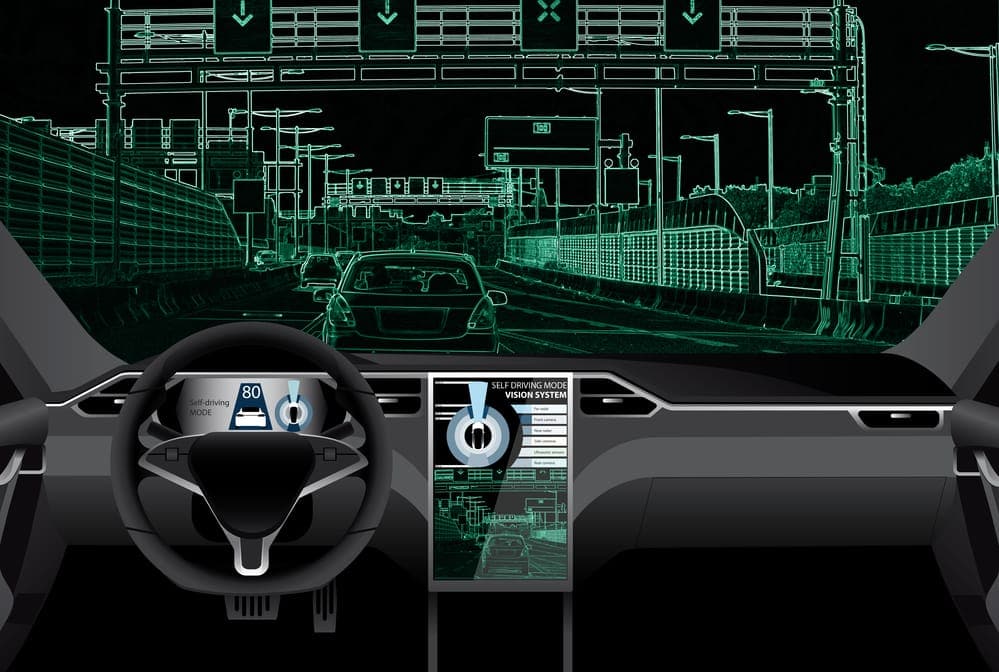
Document Your Experiences with Full Self-Driving
Whether you decide to file in small claims court or pursue an arbitration, an important first step is to document your personal experience with Tesla’s Full Self-Driving technology. To effectively document any mishaps or malfunctions, you can follow these steps:
- Take immediate corrective action, focusing on safety.
- Gather your evidence by taking photos and videos of the incident and scene.
- Write a detailed account of any incident, including who you spoke with.
- Collect supporting information like service records.
- Report the incident to the National Highway Traffic Safety Administration (NHTSA) and Tesla.
- Maintain records of your interactions with Tesla customer service regarding these issues.
Tips for Navigating the Arbitration Process with Tesla
Signing the Tesla buyer’s agreement means you have likely agreed to resolve any disputes through arbitration, not a court. This means cases will not be heard by a judge or jury but by a private arbitrator.
Tesla’s arbitration agreement is incorporated into its buyer contracts. The primary terms of an arbitration agreement include:
- The obligation to resolve claims through arbitration, not court.
- The opportunity to exclude oneself from arbitration within a specific period of time.
- The responsibility of Tesla to cover arbitration expenses in certain circumstances.
You typically have a 30-day window to opt out of the arbitration agreement from when you signed the purchase contract. If you choose arbitration, you need to understand Tesla’s arbitration process. This entails reviewing Tesla’s arbitration agreement, which mandates the resolution of disputes through arbitration rather than court.
The process of private arbitration typically involves these general steps:
- Review the arbitration clause in your contract.
- Seek legal counsel if you choose to do so.
- Collect relevant documents and evidence.
- Submit a completed arbitration form.
- Include a comprehensive cover letter.
- Provide pertinent details.
Once you’ve assessed your eligibility and decided to start proceedings against Tesla, the first step is to inspect your signed buyer’s contract for the arbitration clause, determine if you opted out within the specified timeframe if that option is available to you, and then consult legal counsel.
To effectively pursue your arbitration rights, you will likely need a legal professional specializing in product liability or lemon law, arbitration, and consumer rights. An experienced consumer attorney can guide you through the process of how to sue Tesla, which involves gathering evidence, documenting your experience, and formally submitting or lodging a demand for arbitration with the relevant arbitration organization. Most consumer attorneys work on a contingent-fee basis, where you pay only if you win your case.
Tesla Full Self-Driving Legal Claims: Frequently Asked Questions
How do I sue Tesla for misleading claims about its full self-driving package?
To sue Tesla for misleading self-driving claims, you need to show Tesla sold you a vehicle with the full self-driving package, provide evidence of misleading or inaccurate statements made by Tesla about its full self-driving technology, and that you reasonably relied on those statements and representations when purchasing the package.
How do I ask for arbitration with Tesla?
To ask for arbitration with Tesla, you or your attorney can call any AAA office or visit www.adr.org to learn about the Rules and how to start the process. The arbitrator can only settle disputes between you and Tesla.
Can you get a refund on a Tesla Full Self-Driving package?
You can get a refund on a Tesla full self-driving package within 48 hours of purchase. However, refunds are not available for Full Self-Driving capability subscriptions.
How can I document my experience with Tesla’s Full Self-Driving Package?
To document your experience with Tesla’s Enhanced Autopilot or Full Self-Driving features, focus on safety, gather evidence like photos or videos, write a detailed account of the incident, and consider seeking legal advice for the next steps.
Should I contact an attorney to discuss my legal options?
Securing the assistance of an experienced consumer law attorney may be pivotal for your case. You should look for an attorney who understands Tesla’s Full Self-Driving technology and the automotive industry, has a track record in lemon law or consumer law claims and arbitration, and has solid litigation skills. Remember that the attorney you choose will represent your interests throughout the lawsuit.
However, whether you choose to engage an attorney to help you navigate the arbitration process, the overarching goal is to protect your consumer rights and interests. So, stay informed, be vigilant, and don’t hesitate to seek legal advice when necessary.
Get a FREE claim review by an experienced consumer attorney.
To start, simply fill out the form below. There is no obligation or cost to start your free claim review.
